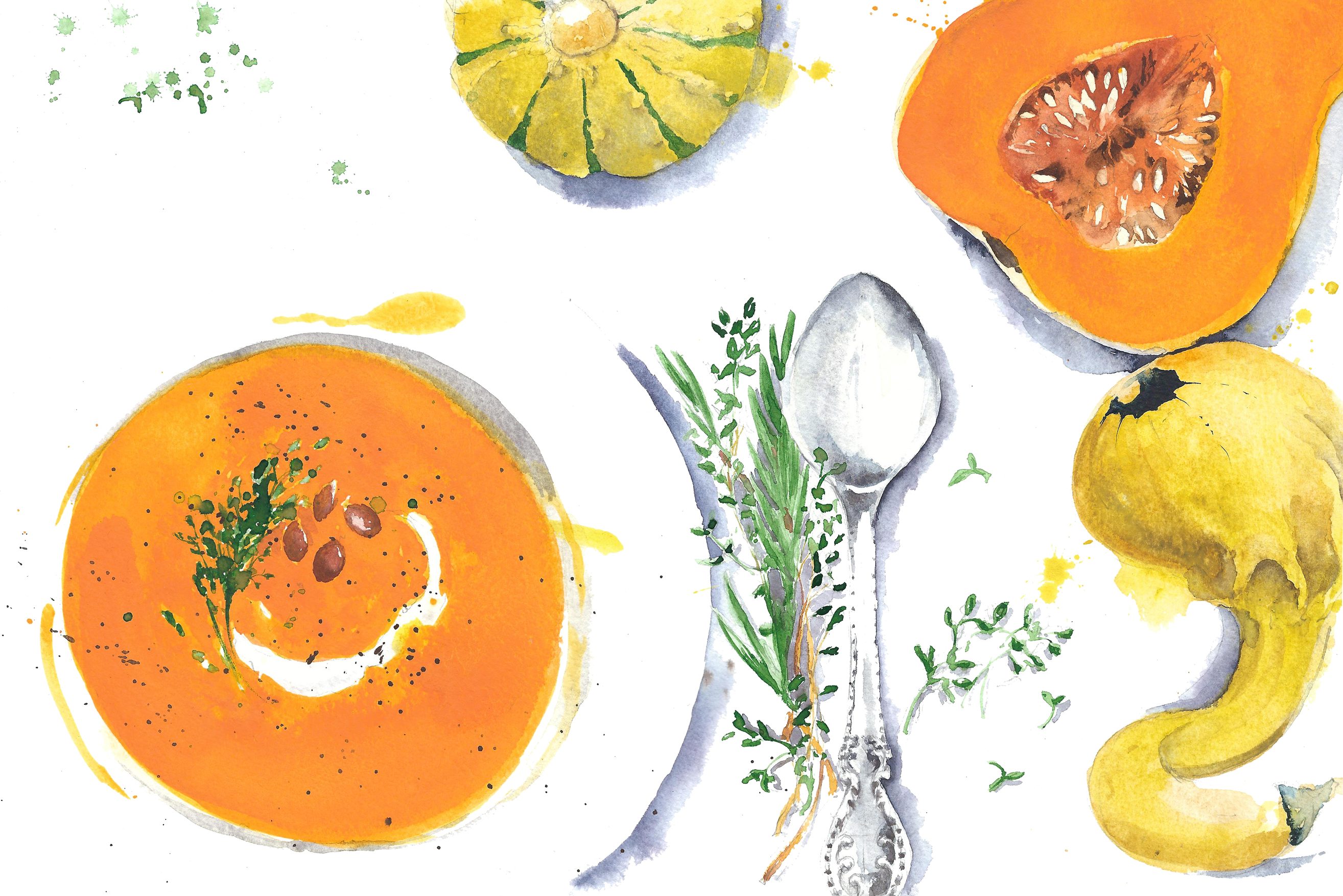“It’s not leftovers that are wasteful, but those who either don’t know what to do with them or can’t be bothered.” — Julian Baggini, British philosopher
The age-old tradition of gathering unwanted produce left behind in the fields after a harvest is experiencing a resurgence. The practice is gaining in popularity once again as many are looking at the vast amounts of food wasted in this nation every day.
On Sept. 21, UConn Dining Services will be serving a meal produced entirely from gleaning those and other “leftovers” for the first time. The event, from 11:30 a.m. to 1 p.m. on Fairfield Way, and dubbed the Tasty Waste Lunch, was the idea of the College of Agriculture, Health and Natural Resources.
 The event was originally going to be small, but then the educational opportunity was realized.
The event was originally going to be small, but then the educational opportunity was realized.
“Word got out and our small event has now turned into a big one, open to the campus and public. A lot of people are really excited about it,” says Michael White, assistant director for Residential Dining.
The lunch is just one of the many innovative measures undertaken by Dining Services to address and draw attention to the reduction of food waste. Some statistics indicate as much as 40 percent of food purchased in the United States is wasted, a loss of approximately $162 billion, according to White.
In the last three years, the food service industry has experienced a significant shift towards a focus on managing, repurposing, and disposal of unused food. UConn began by reducing the waste involved by reducing the distance the food traveled before reaching campus. It has since launched additional efforts to reduce waste generated by food packaging, researching vendors that use more eco-friendly packaging.
“We focused on our purchasing, for a few years the focus was on reducing the carbon footprint, so we wanted to buy local,” says White. “UConn is the top buyer of Connecticut produce, we are working hard to buy as local as possible.”
To really study the food waste here on campus the first step was to determine how much pre-consumer food waste the University actually generates then establish a scale to measure the post-consumer food waste. Dining Services formed a committee to contact companies and other universities to establish that metric.
Then University implemented a way to track food from the time it was ordered to the time it was prepared and served. This has largely been accomplished through the use of software programs such as LeanPath, FoodPro and Phood Solutions (a program developed by UConn students.) The programs use various approaches for data gathering, such as cameras and scales to record the food, tracking from purchase to when meal service is complete.
“We basically weigh the food at the start and end of a service to track the items to create the data for analysis” explains White.
Pre-consumer waste involves food preparation. As soon as food is served, the waste is then referred to as post-consumer. Studying pre-consumer waste is important for identifying areas where items are being over ordered and over prepared.
“For example, we found that we’d end up with some really common items being over produced. We have made suggestions for improving communication between front of house to the chefs to avoid over production. We are also encouraging chefs to get creative to find new ways to repurpose the leftover food.”
Any unserved leftovers at the end of meals can meet many different fates. Some of that food is repurposed, for instance leftover hamburgers may be used to make meaty spaghetti sauce. Other food enters the community outreach stream.
“We work closely with community outreach. We will freeze the leftover food which is routinely picked up by local soup kitchens,” says White.
Any remaining food may end up in a machine called an eCorect, which is a big, low energy food dehydrator capable of processing around 100 pounds of food, reducing it to about 10 to 20 pounds. The finished, pre-compostable product is much lighter and less costly to transport, a plus both environmentally and financially.
What types of food can diners look forward to at the Tasty Waste Lunch?
“So far we have processed 400 pounds of cucumbers. They have been flash frozen and will be used for the event, probably as an essence water. We are also planning to have some soups and breads.”
Beyond the meal, this year White plans to implement a public awareness campaign to bring attention to the percentage of wasted food in this country. That may include setting up a scale for students to weigh the leftovers on their plates after eating and before tossing it.
On that note, White says, attend the meal on Wednesday and “take as much as you want, as long as you eat it.”



